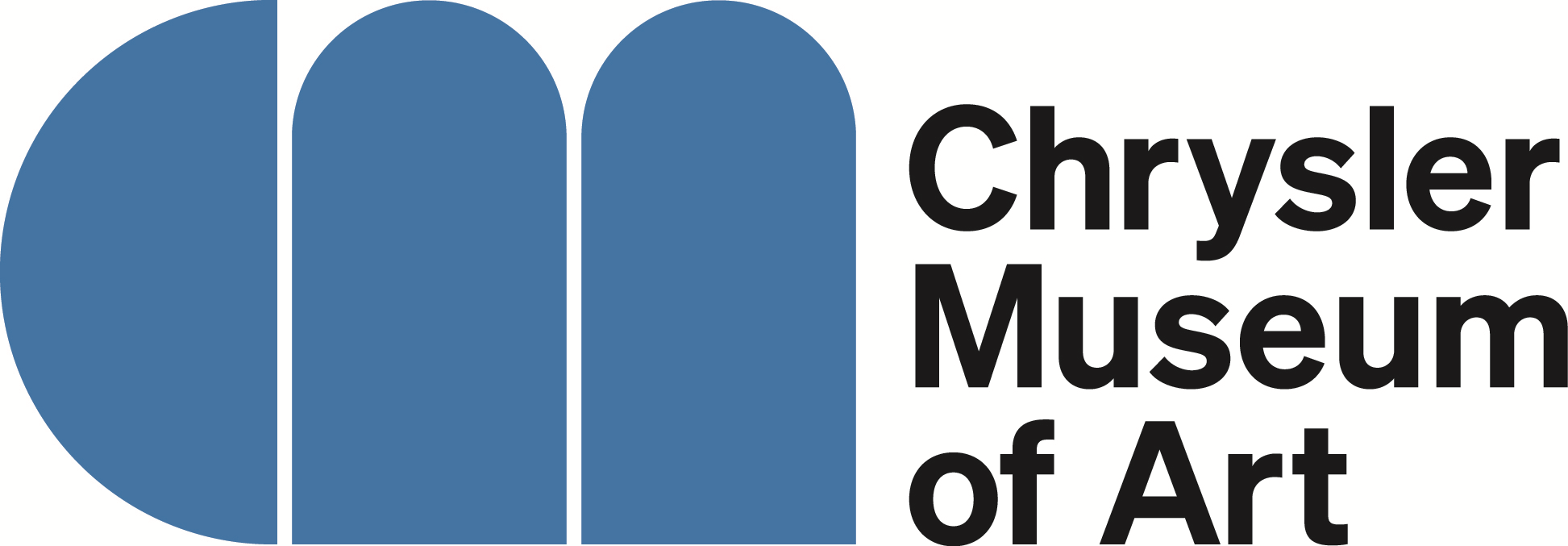Pitcher
Manufacturer
Stevens and Williams, Ltd.
CultureEnglish
Dateca. 1890
MediumBlown, optic-molded, and applied glass
DimensionsOverall: 6 in. (15.2 cm)
InscribedAcid stamped and pressed on base near the polished pontil in a circle: "STEVENS & WILLIAMS ART GLASS Stourbridge".
Credit LineGift of Walter P. Chrysler, Jr.
Object number71.4287
On View
Chrysler Museum of Art, Gallery 117, Study Gallery Case 2, Section 2 Sh3
Label TextGLASS FOR EVERY TASTE AND CLASS This case shows decanters and pitchers in a wide variety of shapes, colors, and decorations available over the period of Queen Victoria's reign, 1837-1901. Manufacturers made an eclectic assortment of household items to suit every customer's taste and income. Cut and engraved glass decanters were more expensive than those blown in molds or made by pressing technology. Vessels with fanciful applied decorations such as ruffles or multicolored threads also were much more costly. The Victorian table setting was an important indicator of social status. Elaborate dinners frequently included one or more wines and cordials, each requiring its own special glass. Since water was a suitable alternative to wine at the dinner table, ice-water pitchers were made with the same elaborate flourishes as the most expensive wine decanters. Guests would judge their hosts' standing by the food and beverages on the menu as well as its presentation-from the rarity of fruits served at dessert to the quality of the compote displaying them. Stevens and Williams Stourbridge, England Pitcher, ca. 1890 Blown, optic-molded, and applied glass Gift of Walter P. Chrysler, Jr. 71.4287 Exhibition History"Cheers to Queen Victoria: British Glass from the Chrysler Collection," Waitzer Community Gallery, Chrysler Museum of Art, Norfolk, VA, September 22, 2010 - March 20, 2011.
Stevens and Williams, Ltd.














